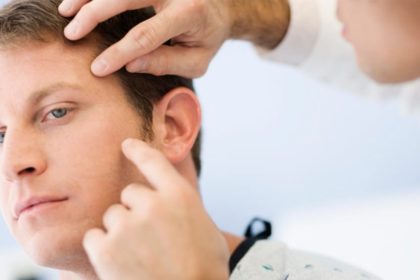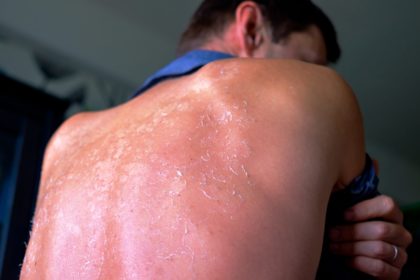[vimeo http://www.vimeo.com/26810345]
TV segment #0005H

Artificial nails have become increasingly popular and according to the U.S. Census Bureau figures, revenue for nail salons amounted to $1.6 billion in 2005. If you’re hooked on augmenting your natural nails, the next time you head off to the salon, you might want to bring along some sunscreen.
A University of Texas study published in the 2009 Archives of Dermatology found that two women who frequently used UV nail dryers developed skin cancer on the backs of their hands. These two healthy middle-aged women with no personal or family history of skin cancer developed non-melanoma (basal or squamous cell):
- A 55-year-old white patient dried her nail polish and set her acrylic nails under UV nail lights twice a month for 15 years. Her squamous cell cancer was located on the medial aspect of her right index finger.
- A 48-year-old white woman used UV nail lights approximately eight times per year for several years before her first of three squamous cell cancers appeared. She had one on her left finger and two subsequent growths on the backs of both hands.
The UV nail dryers used to dry acrylic nails are popular in nail salons but are like mini-tanning beds. Every time your hands sit under these dryers, which emit mostly UVA light, you risk cell damage. There’s strong evidence that sunlight and the UVA light in tanning beds damage DNA and cause mutations that lead to skin cancer.

Over a lifetime of weekly or monthly manicures, the amount of exposure can be significant. Nails may look better, but the ritual may accelerate wrinkles, age spots, and cause skin cancer. Instead, use the fan dryers — or before adding on layers of polish to your nails, add a coat of sunscreen to your hands.
![]() Fit Tip: Nail polish and polish removers contain petrochemical solvents. Nail adhesives contain vaporous compounds. To avoid all health risks, polish nails to a natural shine with a pure chamois nail buff. Just be sure your buffer is made from real chamois and not “faux skin”.
Fit Tip: Nail polish and polish removers contain petrochemical solvents. Nail adhesives contain vaporous compounds. To avoid all health risks, polish nails to a natural shine with a pure chamois nail buff. Just be sure your buffer is made from real chamois and not “faux skin”.



